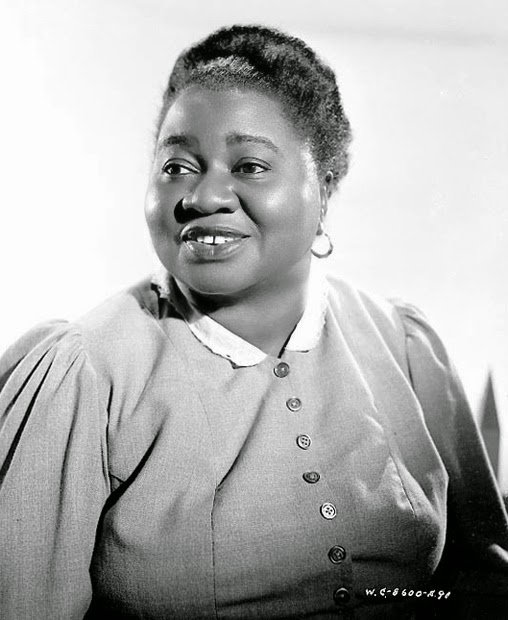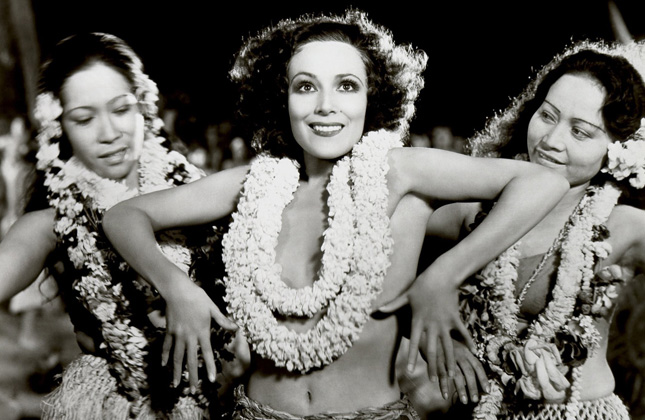The Episodes
THE EPISODES
Season 3: Sonic Cinema
Sonic Cinema: The Making of SELENA (Ep. 1)
Selena’s truly unique talent was her ability to be Tejana in her music, American in her style, and represent an all-encompassing Latinidad — someone who men and women from all of Latin-America could identify with, and become through song and dance and costume.
Sonic Cinema: The Making of THE BODYGUARD (Ep. 2)
In the years leading up to THE BODYGUARD, there were several movies featuring interracial couples. But none of these films had the publicity, budget or wide appeal of Whitney Houston’s film debut.
Season 2: Showstopper (Hattie McDaniel)
Showstopper (Episode 1)
"Mammy" is only one role of many that made up Hattie McDaniel's multi-faceted career. She was also a singer, a songwriter, a stage and vaudeville veteran, a comedian, and a radio personality. In this episode, we follow her journey from Denver, Colorado to Hollywood.
Showstopper (Episode 2)
When Gone with the Wind was released, critics were flabbergasted by the willing participation from black actors to be in the film. Hattie McDaniel was at the center of this controversy. She really wanted the part, but she couldn’t foresee, or, maybe she just didn’t care, about the backlash.
Showstopper (Episode 3)
In the third and final episode of the season, Hattie finds it difficult to keep up as Hollywood and her community forge ahead to a new era of black representation and politics.
Season 1: Las Reinas of Los Angeles (Lupe Vélez & Dolores Del Rio)
Las Reinas of Los Angeles (Episode 1)
In this episode, we start in 1920s Mexico, where Lupe and Dolores grew up and found their love for performance. We’ll follow Lupe and Dolores as they make their way to Hollywood from Mexico and taste their first sips of stardom.
Las Reinas of Los Angeles (Episode 2)
Dolores Del Río undergoes a makeover where she seemingly leaves behind her Mexicanidad and assumes a Spanish identity. Interestingly, this parallels Southern California's own transformation, which covered over its Mexican past in favor of a mythical Spanish heritage.
Las Reinas of Los Angeles (Episode 3)
In this episode, we see how Lupe Vélez rose to stardom in Dolores’ shadow and how the differences between her and Dolores evolved along simple, fraught, lines. Dolores was the “good” Mexican, and Lupe, in her relationship with actor Gary Cooper, became the "bad Mexican."
Las Reinas of Los Angeles (Episode 4)
We look at Dolores’ career during the Hollywood transition to sound film. The coming of sound limited Dolores’ roles. They became more stereotypical and forgettable. With her accent, sound amplified the difference that her Spanish señorita persona had overcome.
Las Reinas of Los Angeles (Episode 5)
In the last episode of the season, we look at Lupe’s and Dolores’ careers in the late 1930s to the mid 1940s, when both women leave Hollywood when it becomes an unwelcome space and place.









